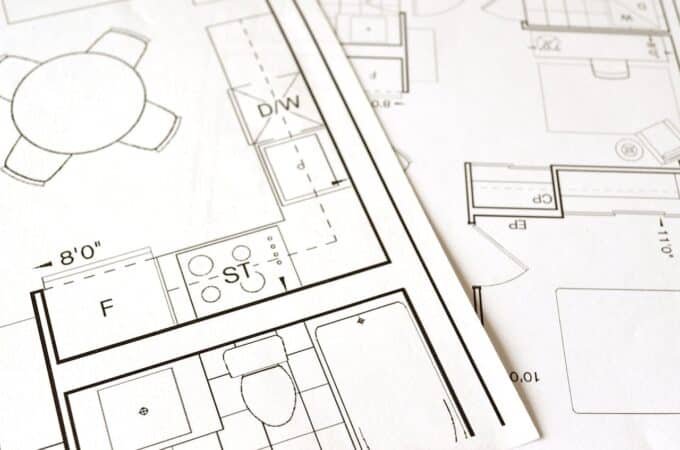
Can AAC Block be Installed as the Home Load-bearing Walls?
When it comes to building or renovating a house, choosing the right materials for load-bearing walls is crucial for the structural integrity and longevity of the structure. Traditionally, brick and concrete blocks have been the go-to choices for load-bearing walls.
However, Autoclaved Aerated Concrete (AAC) blocks have gained popularity as a viable alternative. In this article, we will explore whether AAC blocks can be installed as home load-bearing walls and the advantages they offer.
Table of Contents
ToggleWhat Are AAC Blocks?
AAC blocks are lightweight precast concrete blocks that are made from sand, cement, lime, and aluminum powder. They are cured using high-pressure steam in an autoclave, which results in a porous, lightweight, and strong material. AAC blocks are known for their excellent insulation properties, soundproofing capabilities, and environmental friendliness.
The Structural Capabilities of AAC Blocks
One of the primary concerns when considering AAC blocks for load-bearing walls is their structural strength. AAC blocks are indeed lighter than traditional concrete blocks, but this doesn’t necessarily mean they lack the necessary strength to support a building. AAC blocks have a compressive strength similar to or even greater than that of traditional concrete blocks, making them suitable for load-bearing applications.
Advantages of AAC Blocks as Load-Bearing Walls
- Lightweight: AAC blocks are significantly lighter than traditional concrete blocks, making them easier to handle and transport during construction. This reduces labor costs and speeds up the building process.
- Thermal Insulation: AAC blocks have excellent thermal insulation properties, which means they help regulate indoor temperatures, leading to energy savings and increased comfort.
- Soundproofing: The porous structure of AAC blocks also makes them effective at soundproofing. They can reduce noise transmission between rooms and from outside sources.
- Fire Resistance: AAC blocks are highly fire-resistant, which enhances the safety of your home and provides valuable time for evacuation in case of a fire.
- Environmental Sustainability: AAC blocks are environmentally friendly as they require less raw material and energy to manufacture. Additionally, their insulating properties reduce the need for heating and cooling, further reducing energy consumption.
- Block Shape Variation: With a AAC block cutting machine, AAC blocks can indeed be cutted into different custom shapes, builders can create lintels, beams, and other load-bearing elements that fit the exact specifications of a project.
- Durability: AAC blocks are known for their long-lasting durability. They do not deteriorate or warp over time, ensuring the stability of your load-bearing walls.
Considerations and Engineering Expertise
While AAC blocks have many advantages, their successful use as load-bearing walls depends on proper engineering and construction techniques. It’s essential to work with professionals who are experienced in using AAC blocks for load-bearing purposes. They can design the structure, including proper reinforcement, and ensure that the walls meet all safety and building code requirements.
Conclusion
AAC blocks are a viable option for load-bearing walls in residential construction. Their lightweight nature, coupled with their exceptional insulation, soundproofing, and durability, make them an attractive choice for modern homes. With the right planning and execution, AAC blocks can provide a strong, energy-efficient, and sustainable foundation for your dream home.






